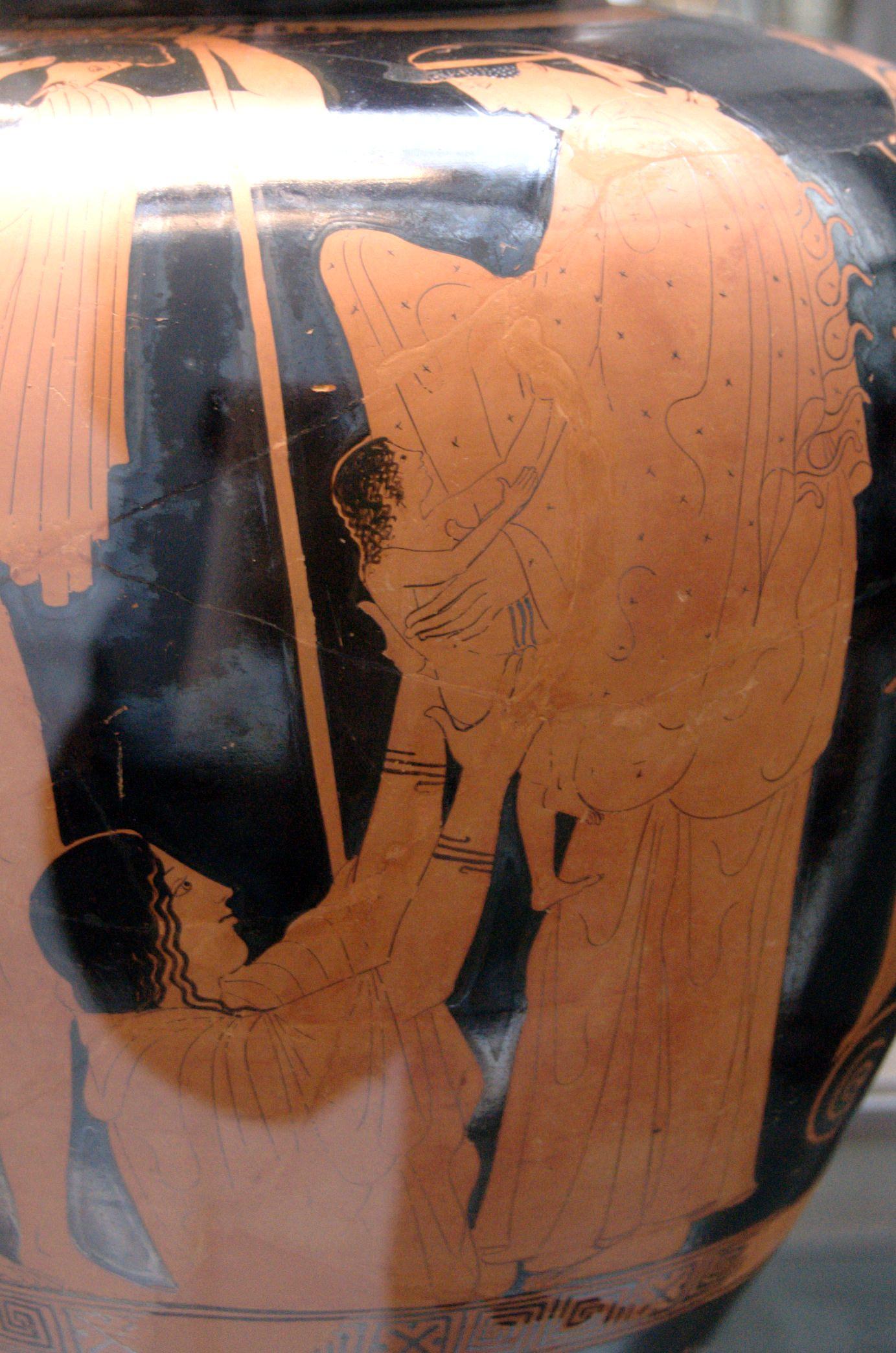In the vast cosmos of scientific thought, amidst the stars and planets, there exists a visionary concept that dances gracefully on the edge of science and philosophy – the Gaia theory proposed by the eminent thinker James Lovelock. A theory that whispers of harmony and interconnectedness within our planet, challenging traditional views of Earth as a mere rock in space. Join us on a journey to delve deeper into Lovelock’s groundbreaking theory, as we unravel the intricate web of Gaia’s embrace on our world.
Table of Contents
- Unveiling the Essence of James Lovelock’s Gaia Theory
- Exploring the Interconnectedness of Earth’s Systems
- The Implications of Gaia Theory on Environmental Conservation
- Implementing Gaia Theory Principles for Sustainable Living
- Q&A
- Concluding Remarks
Unveiling the Essence of James Lovelock’s Gaia Theory
Exploring the interconnected harmony of the Earth through the lens of James Lovelock’s Gaia Theory unveils a profound understanding of our planet’s intricate ecosystems. At the core of this paradigm-shifting concept lies the notion that the Earth functions as a self-regulating system capable of maintaining the conditions necessary for life to thrive. This holistic approach challenges traditional perspectives on the environment, highlighting the dynamic interactions between living organisms and their surroundings.
<p>Through the Gaia Theory, Lovelock invites us to appreciate the Earth as a living, breathing entity, where various components collaborate in a delicate balance. From the oceans to the atmosphere, each element plays a crucial role in sustaining life on our planet. Embracing this interconnectedness prompts a reevaluation of humanity's relationship with the environment, emphasizing the importance of nurturing and preserving the intricate web of life that envelops us.</p>
Exploring the Interconnectedness of Earth’s Systems
James Lovelock’s Gaia Theory proposes that the Earth functions as a single, self-regulating organism, with all living and non-living components interacting to maintain the conditions necessary for life. This theory views Earth as a complex system where the biosphere, atmosphere, hydrosphere, and lithosphere are interconnected and influence each other in a delicate balance.
By recognizing the interconnectedness of Earth’s systems, we gain a deeper understanding of how even small changes in one component can have ripple effects throughout the entire planet. This perspective highlights the importance of taking a holistic approach to environmental issues, emphasizing the need for sustainable practices that consider the impact on all facets of Earth’s interconnected systems. Embracing the Gaia Theory challenges us to appreciate the intricate web of relationships that sustain life on our planet and inspires us to be conscious stewards of this interconnected system.

The Implications of Gaia Theory on Environmental Conservation
Imagine a world where the Earth is not just a planet but a living, breathing organism. This is the essence of Gaia theory, proposed by James Lovelock. According to this theory, the Earth functions as a single, self-regulating system that maintains conditions necessary for life to thrive.
One implication of Gaia theory on environmental conservation is the idea that all living organisms, including humans, are interconnected and dependent on each other. By understanding and respecting this interconnectedness, we can work towards sustainable practices that benefit not just ourselves, but the entire planet. Embracing Gaia theory can inspire a shift towards a more holistic approach to environmental conservation, where the focus is not just on individual species or ecosystems, but on the planet as a whole.

Implementing Gaia Theory Principles for Sustainable Living
Implementing Gaia Theory Principles for Sustainable Living encompasses a holistic approach to harmonizing human activities with the natural world.
Grounded in the seminal work of James Lovelock, the Gaia theory posits the Earth as a self-regulating organism capable of maintaining conditions necessary for life. By embracing this concept, individuals can adopt practices that promote ecological balance and resilience.
Key Principles of Gaia Theory Implementation:
- Interconnectedness of all living beings
- Respect for the planet’s self-regulating mechanisms
- Collaboration with nature rather than exploitation
| Principle | Description |
|---|---|
| Interconnectedness | Recognizing the web of relationships between organisms and their environment. |
| Respect for Self-Regulation | Valuing the Earth’s ability to maintain equilibrium through feedback loops. |
| Collaboration with Nature | Working in harmony with natural processes for sustainable living. |
Q&A
Q: What is the Gaia theory proposed by James Lovelock?
A: The Gaia theory, proposed by visionary scientist James Lovelock, suggests that the Earth functions as a single, self-regulating organism. Like a living entity, the planet maintains the conditions necessary for life to thrive.
Q: How does the Gaia theory challenge traditional views of the Earth?
A: The Gaia theory challenges the traditional view of Earth as an inanimate object by proposing that all living and non-living components of the planet work together in a complex, interconnected system to sustain life.
Q: What evidence supports the Gaia theory?
A: Evidence supporting the Gaia theory includes the regulation of the Earth’s temperature, composition of the atmosphere, and the abundance of life forms on the planet. Lovelock points to these interconnected systems as evidence of Earth’s self-regulating mechanisms.
Q: How does the Gaia theory relate to environmental issues?
A: The Gaia theory underscores the importance of maintaining a delicate balance between the Earth’s various systems. Understanding the interconnectedness of ecosystems is crucial for addressing environmental issues and ensuring the long-term sustainability of life on Earth.
Q: What implications does the Gaia theory have for the future of our planet?
A: The Gaia theory challenges us to view the Earth as a fragile, interconnected system that requires careful stewardship. By recognizing our role in the larger Gaian system, we can work towards a more sustainable future for all life on Earth.
Concluding Remarks
In conclusion, James Lovelock’s Gaia theory offers a unique perspective on the interconnectedness of our planet and the delicate balance of life that exists within it. By viewing Earth as a self-regulating, living organism, Lovelock has sparked a deeper appreciation for our environment and the importance of protecting it. As we continue to explore the mysteries of Gaia, we are reminded of the need to nurture and sustain our planet for the well-being of all its inhabitants, both now and for generations to come. Embracing the wisdom of Lovelock’s theory may just be the key to a more harmonious coexistence with our remarkable home, Earth.



0 Comments